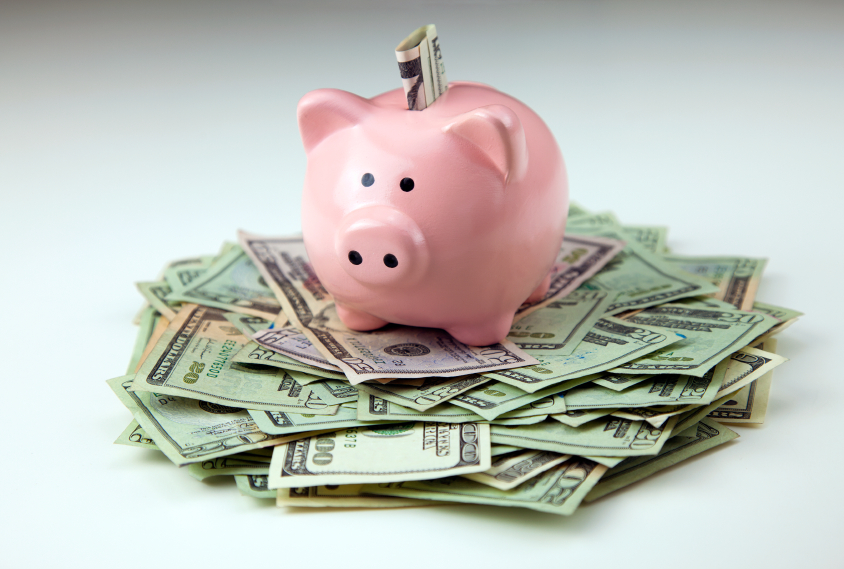
What is a savings account?
A savings account is a place where you can store cash securely while you earn interest on your money. Unlike investment accounts, they are federally insured, which means up to $250,000 of the money in your account would be covered if the bank failed.
Why you need a savings account
Using a savings account creates some distance between everyday spending money, kept in your checking account, and cash that’s meant for a later date, like an emergency fund or vacation savings.
Let’s take a closer look at how these accounts work, how much you should keep in your savings, where to find the best ones and how other savings vehicles compare.
What you need to know about savings accounts
Savings accounts can help your money grow. Lending the bank money enables it to turn around and offer loans to other customers, so the bank is paying you a little interest as a thank you.
“A little interest” is all too true for most accounts. But you can find higher rates at online banks; these banks don’t have to support expensive brick-and-mortar branches, enabling them to offer competitive annual percentage yields, or APYs, often near 2%. These accounts tend to have low initial deposit requirements and typically don’t charge monthly maintenance fees.
Savings accounts are designed to store money that you don’t need immediately. Keeping that money in a separate account can ensure that it’s there when you do.
Money kept in a savings account isn’t quite as accessible as cash kept in a checking account. These accounts don’t have many fees and might even earn interest.
Federal law limits the number of transfers or withdrawals from a savings account to six a month. Making any additional transfers — by check, debit card or online, for example — typically results in a fee. Taking money out through a teller or ATM doesn’t count toward this six-per-month limit.
These withdrawal limits may be a blessing in disguise. Keeping that money in a separate savings account can ensure that it’s there when you need it, like in case of emergency or when it comes time to replace your current car.
How much to keep in your savings account
It’s smart to keep from three to six months’ worth of living expenses in your savings account in case of job loss or other emergency. But saving $500 can get you out of many minor financial scrapes. Aim for $500 and build from there.
After you build a cushion, look to the future. Make sure you are investing for your retirement. An individual retirement account is a solid next step for those with sufficient savings. Keep in mind that these may provide better returns than a savings account but also may be riskier, depending on the investments you choose within it.
If you’re looking for more choices that don’t involve risk, here are a few federally insured alternatives.
Alternatives to savings accounts
Banks and credit unions give people a couple of other savings vehicles to choose from:
Money market accounts, which often require a higher minimum balance and in return offer a slightly better rate. The account might also come with a debit card or the ability to write checks, but transactions are still limited to a handful per month.
Certificate of deposit, or CD, which holds money for a fixed term, anywhere from a few months to a few years. This account usually offers the highest annual percentage yield; the longer the term you commit to, the higher the interest rate. Open a CD only with money you won’t need immediately, because withdrawing money before the end of the term carries a penalty.
Where to find the best savings accounts
If a basic savings account serves you best, start your search by looking at online banks and credit unions. These types of financial institutions keep fees to a minimum, offer high rates and might even offer special tools to help you manage your savings.
Once you’ve decided on a bank, you can open a savings account online or at a branch, where you’ll need to provide a government-issued photo ID and other pieces of information, including your Social Security number, phone number and address.

